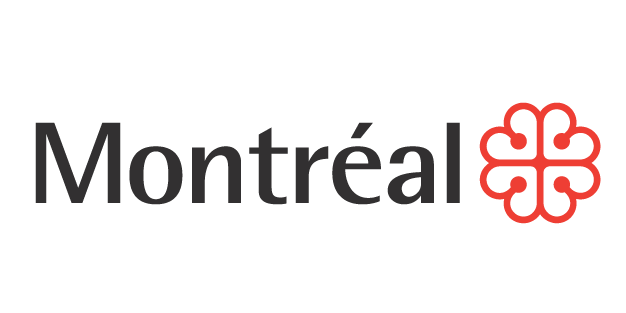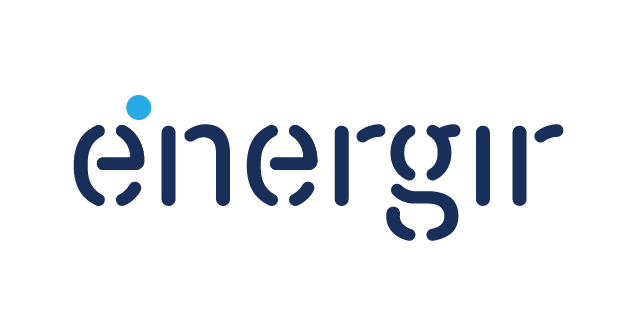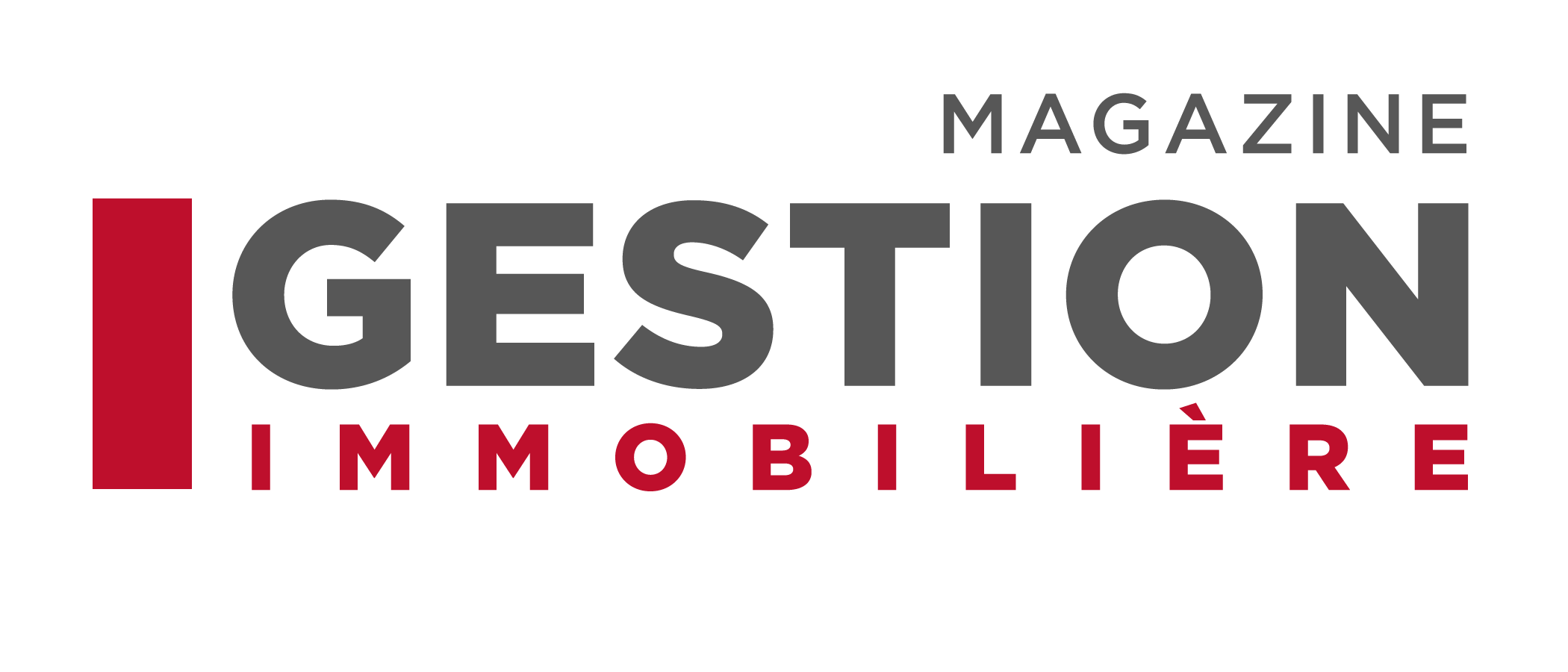Building energy disclosure is an increasingly popular practice aimed at improving the energy performance of buildings. Specifically, energy disclosure programs are designed to help building owners and managers better understand the energy performance of their buildings in relation to other buildings, while also reducing greenhouse gas emissions (GHG) and improving energy consumption. Disclosure of energy consumption data also allows for comparative analysis of a building’s energy performance. Comparative analysis is a process for examining and comparing a building’s energy consumption in order to find ways to improve energy performance.
In Canada, several building energy disclosure initiatives have been launched over the past decade. Some of them are at the municipal level in cities such as Toronto, Edmonton and Richmond, and others at the provincial level (Ontario, British Columbia, Manitoba and Quebec). In parallel with those programs, the Canada Green Building Council (CaGBC) has also developed a pan-Canadian program, the Disclosure Challenge. Almost all these initiatives are on a volunteer basis, except in Ontario where regulations make them mandatory. The Ontario regulations mandate that data about the building and its water and energy consumption be collected in the commercial, institutional and industrial sectors for all buildings more than 9,300m² in size (100,000 square feet). Data are collected via Energy Star Portfolio Manager (ESPM). The information is then published by the Ontario government in its online data catalogue.
Energy disclosure is aimed at evaluating the energy performance of buildings. Following the evaluation, building owners receive the energy efficiency rating for their properties. Individual results are then compared to results for similar buildings, and are an indication of whether a building is performing well or not. Initiatives that use energy rating, such as the CaGBC Disclosure Challenge or the city of Edmonton’s Building Energy Benchmarking, are currently based on the ENERGY STAR rating. Consult our article on ENERGY STAR ratings: Let’s look at some key Energy Star concepts.
In Quebec, BOMA Quebec launched a pilot volunteer energy disclosure project based on energy consumption data[1]in 2018, as part of the initiatives taken under the auspices of the Building Energy Challenge (BEC). Participants’ data are collected via ESPM. Each participant then receives a comparative analysis of all buildings enrolled in the project, as well as a synthesis of the results for the building category in which his or her building is registered. The summary presents the characteristics of the peer building portfolio, i.e. the energy performance of the buildings, energy consumption per energy source, GHG emissions, and a reminder of the financial assistance available to improve a building’s energy performance.
The 2018-23 master plan launched by Transition Énergétique Québec has been taken over by the Ministry of Energy and Natural Resources (MERN) and extended to 2026. MERN is using its plan to promote energy initiatives such as data disclosure and energy ratings. The goal is to reach the government’s objectives by 2030. MERN wants to implement an energy and GHG performance rating and disclosure system for commercial and institutional buildings over 2000m2 by 2022. Building energy ratings will give an indication of an individual building’s positioning in relation to similar buildings, and will encourage owners to progressively improve their positioning.
For example, a similar program was adopted in New York City. Since October 2020 some 40,000 buildings over 2300 m² (25,000 square feet) must post an energy rating from A to F that is based on their ENERGY STAR rating. Buildings that perform well receive an A, while an F is given to buildings with poor energy performance. Owners and managers must provide data that includes energy and water consumption. The program aims to reduce GHG emissions in New York.
The introduction of an energy performance rating and disclosure system is a call to action. Energy disclosure and ratings keep the building manager and the general public informed about a building’s energy performance. While disclosure makes no judgement about a building’s energy performance, the rating seeks to distinguish the least efficient buildings from the most efficient. These two initiatives are part of the many tools for improving the energy efficiency of buildings across Quebec.
[1] Data collected in this project are published in aggregated, anonymous fashion to protect the confidentiality of participants’ information.







